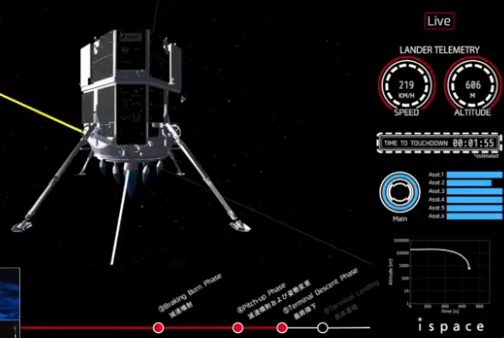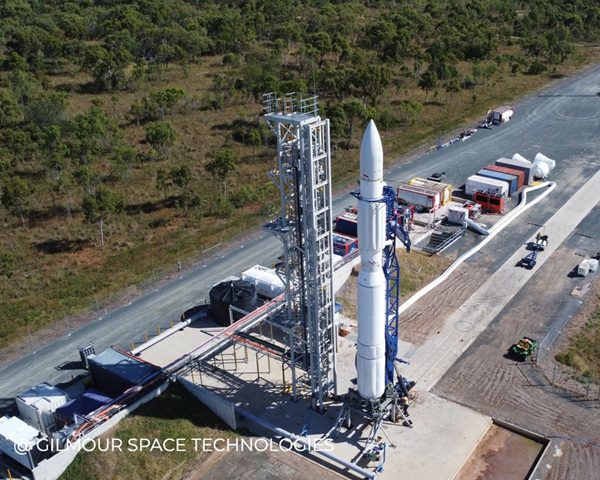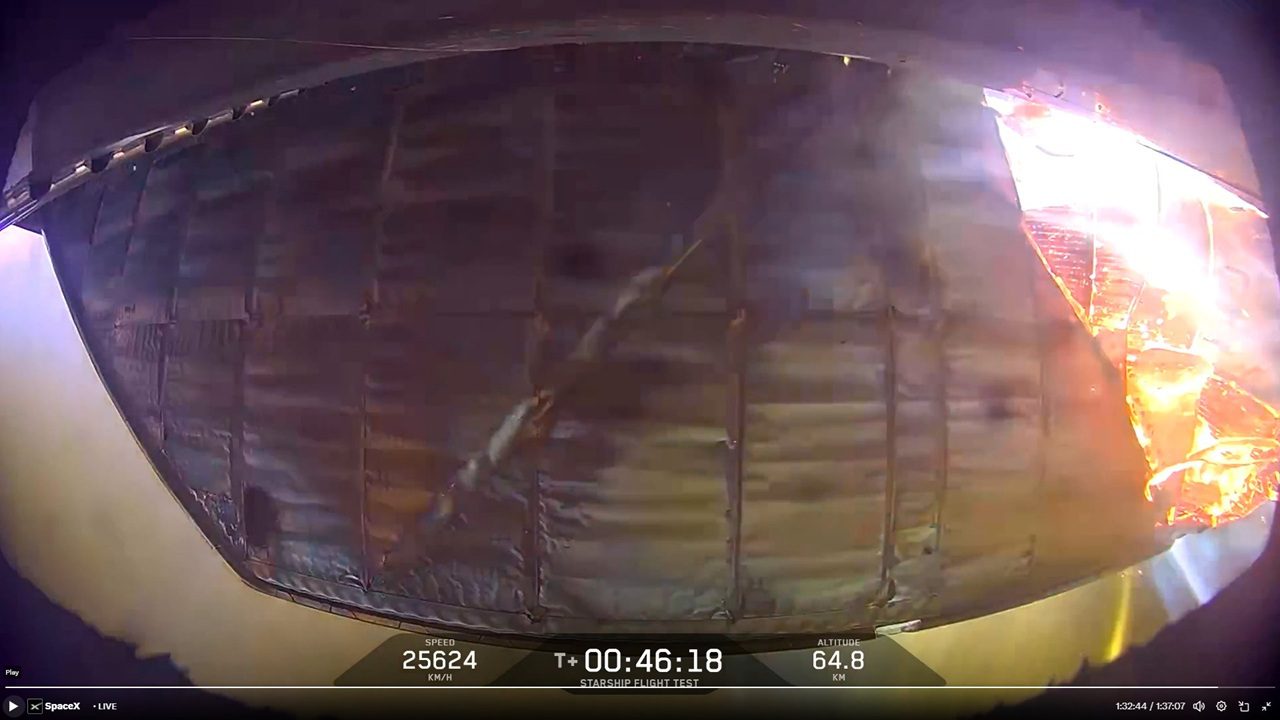It is good to know that there are still ivory towers in the universe and clearly the US National Academies is one of them
Some NASA managers may have been concerned at the timing of such a prestigous sounding report as America’s Future in Space: Aligning the Civil Space Program with National Needs. And from such a worthy corner as the National Academies but Hyperbola imagines that many will be relieved at the motherhood and apple pie rhetoric that drips from its slim 126-pages that were made public on 7 July
Rather like the MIT future of human spaceflight December 2008 report, the Obama campaign space policy and the Center for American Progress Action Fund New Democracy Project, the National Academies’ tome does not address the fundamental problem and instead it would seem that “national needs” is just about anything that can dreamed up by the committee that produced this tome-lite publication
The great and the good of the academies has missed the point that the big problem is that no one can get the US Congress to add federal chump change on a yearly basis to the NASA budget. The US Congress is ready and willing to pass authorisation acts that have goals as imaginative as anything the National Acadmies can dream up but without the bucks, well you, dear reader, can finish that sentence
Charles Bolden got it right when in his statement for his Congressional hearing for the NASA administrator job it said “Today we have to choose”. Or more accurately Congress must choose because it is the elected representatives that have stopped a Republican president with his own Congressional majority from getting the budget increases he asked for and many of the same people on both sides of the senate/house appear to be ready to stop the US space agency from even getting the modest budget Obama requested; again at a time when the president’s party controls Congress
If the big brains of the National Acadmies had earned their pay cheque with this report they might have addressed this political conundrum that the US space programme faces and proposed a way to restructure the agency to extend its budgetary appeal to the Congress men and women that count because Florida, Texas and California don’t seem to amount to much anymore
Go through to the extended section of this blog post to see the “recommendations” made by the National Academies and ask yourself how much that and the rest of the 126-pages cost you the tax payer
The committee identified six strategic goals that it regards as basic for guiding program choices and resources planning for U.S. civil space activities. The goals all serve the national interest, and steady progress in achieving each of them is necessary.
• To re-establish leadership for the protection of Earth and its inhabitants through the use of
space research and technology. The key global perspective enabled by space observations is critical to monitoring climate change and testing climate models, managing Earth resources, and mitigating risks associated with natural phenomena such as severe weather and asteroids.
• To sustain U.S. leadership in science by seeking knowledge of the universe and searching for life beyond Earth. Space offers a multitude of critical opportunities, unavailable in Earth-based laboratories, to extend our knowledge of the local and distant universe and to search for life beyond Earth.
• To expand the frontiers of human activities in space. Human spaceflight continues to
challenge technology, utilize unique human capabilities, bring global prestige, and excite the public’s imagination. Space provides almost limitless opportunities for extending the human experience to new frontiers.
• To provide technological, economic, and societal benefits that contribute solutions to the
nation’s most pressing problems. Space activities provide economic opportunities, stimulate innovation, and support services that improve the quality of life. U.S. economic competitiveness is directly affected by our ability to perform in this sector and the many sectors enabled and supported by space activities.
• To inspire current and future generations. U.S. civil space activities, built on a legacy of
spectacular achievements, should continue to inspire the public and also serve to attract future generationsof scientists and engineers.
• To enhance U.S. global strategic leadership through leadership in civil space activities.
Because of the growing strategic importance of space, all nations that aspire to global political and economic leadership in the 21st century are increasing their space-faring capabilities. Continued U.S. global leadership is tied to continued U.S. leadership in space.






